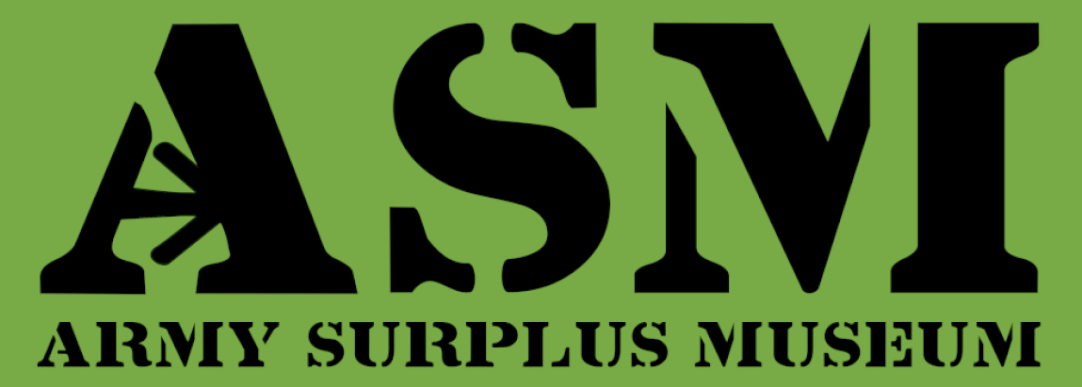Bag, Canvas, Medical

General Information
Name: Bag, Canvas, Medical.
Country of Origin: The United States.
Manufacturer: Yet to be identified.
Date of manufacture: c 1944.
Stock Number: 9708500.
Contract Number: Yet to be identified.
Camouflage Pattern: Khaki tan.
Equipment Family: Yet to be identified.
Number Of compartments: One.
Volume Capacity: 7.5L.
Weight: 300g.
Size:
Height- 27cm.
Width- 7.5cm.
Length- 22.5cm.
Waterproof: No.
Similar Objects
History
The Bag, Canvas, Medical was issued to US medics during the mid to later stages of World War Two. It was designed to hold a large amount of medical supplies and featured two types of attachment panels: one for medical instruments and the other for vials of pills, lotions, and powders. Eventually, the Bag was replaced in the U.S. inventory by the Case, Non-rigid, No. 3 (M-3 Aid Bag).
The Bag was issued as a set of two and worn attached to a canvas harness, allowing each Bag to hang from the side under the arms. However, the Bag could also be worn by itself with a webbing shoulder strap and could be reduced in size by folding the base up into itself. The two middle fabric tabs were then laced in place across the bottom to hold the contents securely.
Carried inside the Bag were a set of prescribed items, which needed to be carried before the medic added any additional items he believed necessary. These items included plasters (adhesive, surgical), scissors, bandages, safety pins, burn injury set (boric acid ointment), eye dressing set 1, iodine swabs, bandages (gauze, adhesive, white), bandages (gauze, compressed, white), bandages (triangular, compressed, white – 3), tourniquet (field – 1), kit component (insert, type I – 1), and container (metal, No. 1).
Description
The lid is sewn to the top of the back face and closes at the front with a short 19mm webbing strap and ladderlock buckle. The internal side of the lid is reinforced with heavyweight cotton duck, with a cotton duck interlining between this layer and the body. The back end of the interlining extends 3cm outside the lid’s reinforcement at the back and has several brass grommets along its bottom edge for lacing an instrument panel.
The back face has a 25mm webbing strap sewn down at intervals, creating five loops that can hold medical instruments. The external sides of the front and back faces each have a khaki cotton duck panel sewn in the middle. Both panels are the same size and have brass grommets along their bottom edges, which can be used to reduce the Bag’s size with a laced cord, similar to those found on M-1938 Leggings, Dismounted. The front face of the Bag is folded over and sewn down at the top.
The sides of the Bag, at the top, have a metal O-ring with a spring hook attached to the Bag with a khaki cotton duck panel that’s sewn to the Bag. The sides are stiffened with sheets of fiberboard, each held in place with a brass rivet at the top and bottom. These sheets extend part-way down inside the Bag and are sewn down at their sides.
Examples
Example One
Although not actually issued to U.S forces, example one was produced in the U.S. in the same factories and given to the French military under the U.S. Lend-Lease program. As such, it has been labeled with the French military markings “III-BIS 48” in block letters on the front face.
Additional Information







